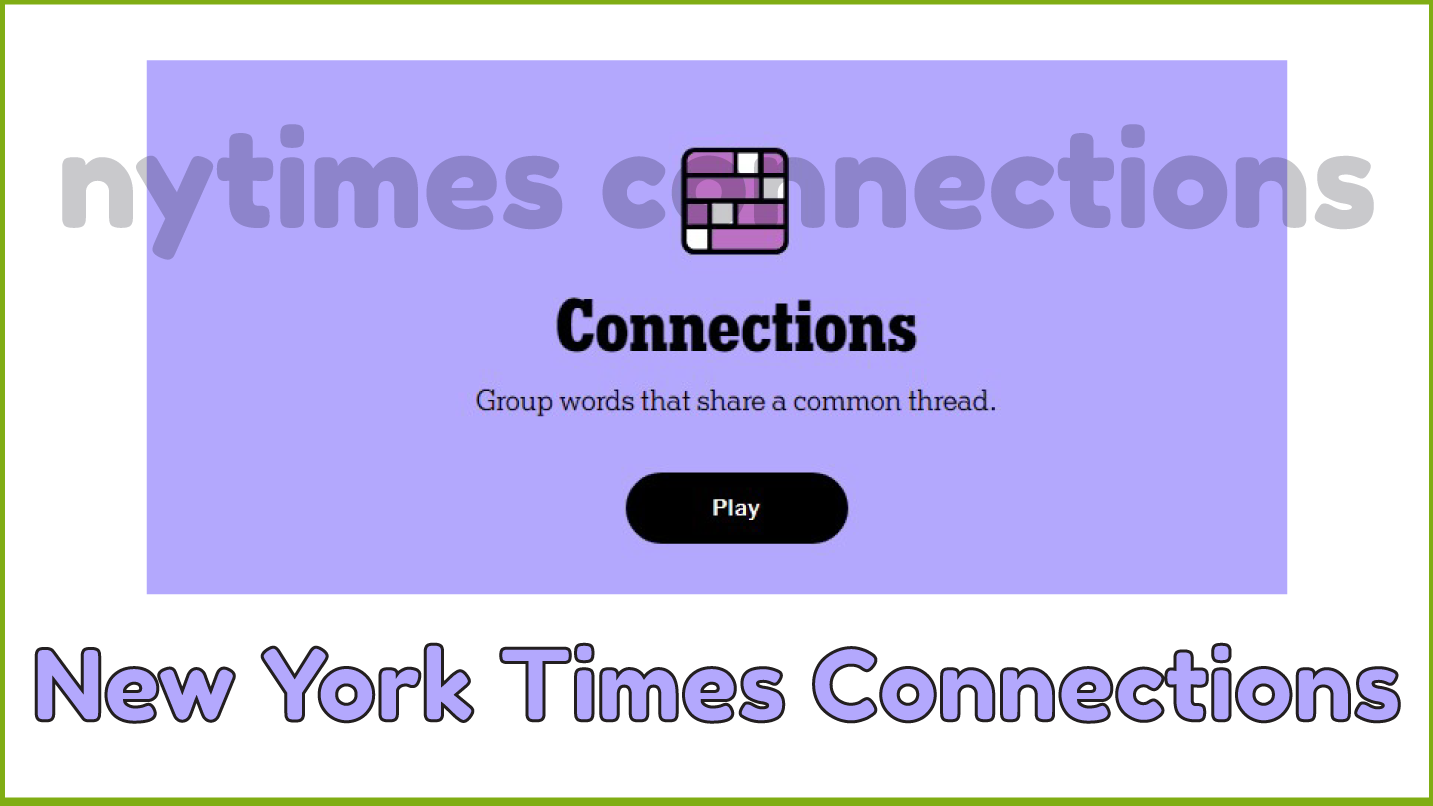Understand the Significance of “One Way” Clues in the Connections Game of The New York Times
NYT Connections Information
| Category | Details |
|---|---|
| Game Name | NYT Connections |
| Developed by | The New York Times |
| New puzzle time | 12 PM local time |
| Year | 2023 |
| Session | 15th December 2023 |
| Recent Answer Updated | |
| NYT Connections Official Website | www.nytimes.com/connections |
Some clues in the Connections game that appears in The New York Times are marked as “one way.” These hints have a unique meaning and can offer insightful information that will help solve the puzzle.
If a hint is labeled as “one way,” it indicates that two words or phrases have just one link. These one-way links provide a simpler route to solving the puzzle than other hints that may have several connections.
Learn How to Interpret and Solve “One Way” Connections in The New York Times Puzzle
It takes meticulous observation and study to understand and solve “one way” relationships. When you come across a clue of this type, you have to take into account the connection between the provided words or phrases and their placement in the broader puzzle.
Examine the context that other surrounding clues provide in order to begin solving a “one way” relationship. In order to create a logical connection between the words or phrases involved, look for any clues or patterns. Take note of minute nuances, such recurring themes, antonyms, synonyms, and even wordplay.
Think about the relationship between each word or phrase and the related category. Connections inside categories frequently offer vital hints for figuring out “one way” linkages. Through comparing and contrasting products within a category, you can find unnoticed connections that lead to effective solutions.
Decode the Meaning Behind “One Way” Connections and Their Role in The Connections Game of The New York Times
The New York Times’ Connections game benefits greatly from the complexity and difficulty that “one way” connections provide. They force you to connect seemingly unconnected words and phrases logically while exercising critical and creative thinking.
These unusual hints frequently put your aptitude for picking up on minute details and drawing conclusions from sparse information to the test. In the end, they improve your problem-solving abilities by pushing you to think through multiple options and angles.

